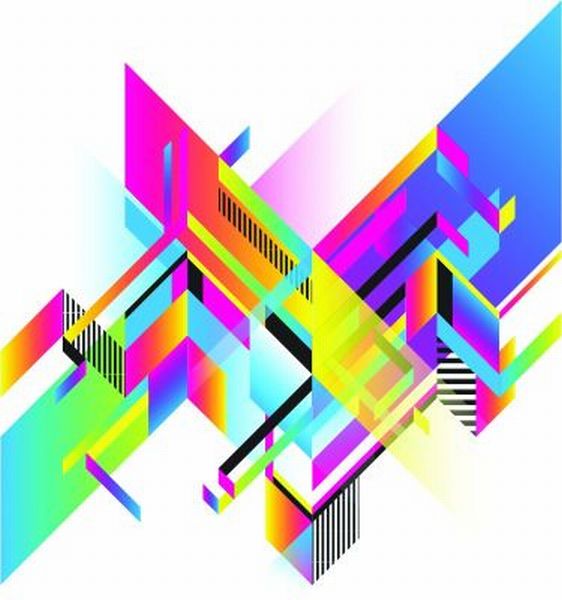PART AGLOSSARY

A
- abject
- Sunk to or existing in a low state or condition. In recent theory it refers to our reaction (horror, disgust) to a threatened breakdown in meaning caused by the loss of the normal distinctions between subject and object, self and other.
- abstract art
- A term referring to various art styles that first emerged in the early twentieth century in Europe and that do not use representational imagery, or that select and then exaggerate or simplify forms suggested by the world around us. Artists focus on the formal properties of line, colour, shape and texture. Cubism and Futurism explore abstraction, while Wassily Kandinsky (Russian, 1866–1944) and Piet Mondrian (Dutch, 1872–1944) were two of the first creators of pure abstraction.
- Abstract Expressionism
- An American painting movement that originated in the 1940s and became popular in the 1950s. It is characterised by a strong dependence on intuition, spontaneity, accident and chance. Often using large canvases, artists painted rapidly and with energy in an effort to express peaceful or anguished emotions. Works were painted gesturally and non-geometrically, sometimes with paint applied using large brushes or dripped or thrown onto canvas. The expressive action of painting was often considered as important as the finished painting. The movement is connected to parallel tendencies in other media, such as jazz music. Artists ...
Get The Winchester Guide to Keywords and Concepts for International Students in Art, Media and Design now with the O’Reilly learning platform.
O’Reilly members experience books, live events, courses curated by job role, and more from O’Reilly and nearly 200 top publishers.

